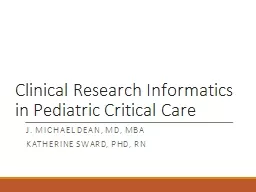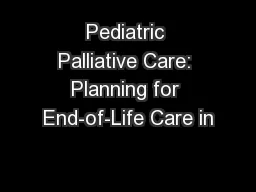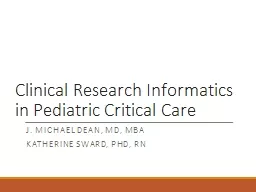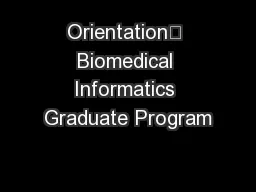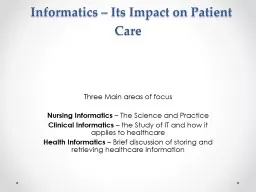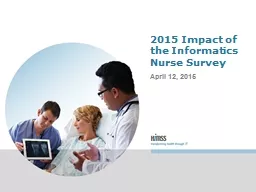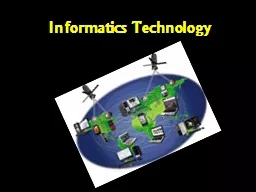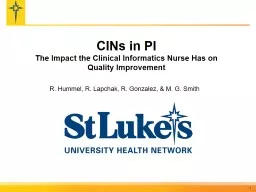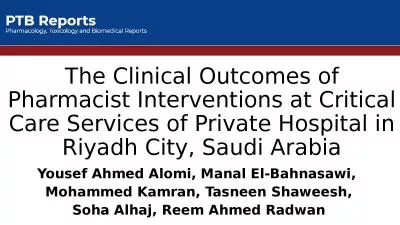PPT-Clinical Research Informatics in Pediatric Critical Care
Author : mitsue-stanley | Published Date : 2018-11-06
J Michael Dean MD MBA Katherine Sward PhD RN Context Critically ill and injured children typically receive care in the ED andor the pediatric intensive care unit
Presentation Embed Code
Download Presentation
Download Presentation The PPT/PDF document "Clinical Research Informatics in Pediatr..." is the property of its rightful owner. Permission is granted to download and print the materials on this website for personal, non-commercial use only, and to display it on your personal computer provided you do not modify the materials and that you retain all copyright notices contained in the materials. By downloading content from our website, you accept the terms of this agreement.
Clinical Research Informatics in Pediatric Critical Care: Transcript
Download Rules Of Document
"Clinical Research Informatics in Pediatric Critical Care"The content belongs to its owner. You may download and print it for personal use, without modification, and keep all copyright notices. By downloading, you agree to these terms.
Related Documents

